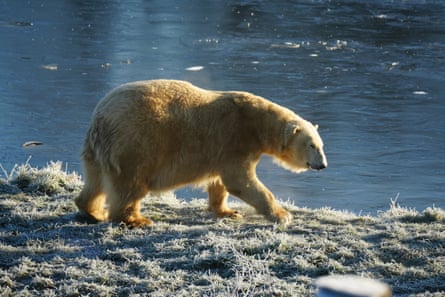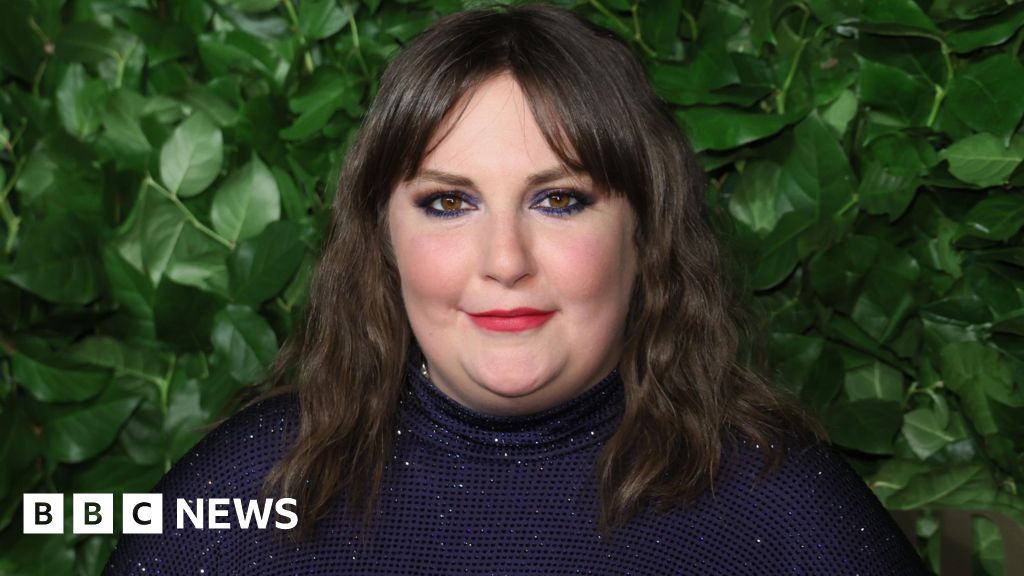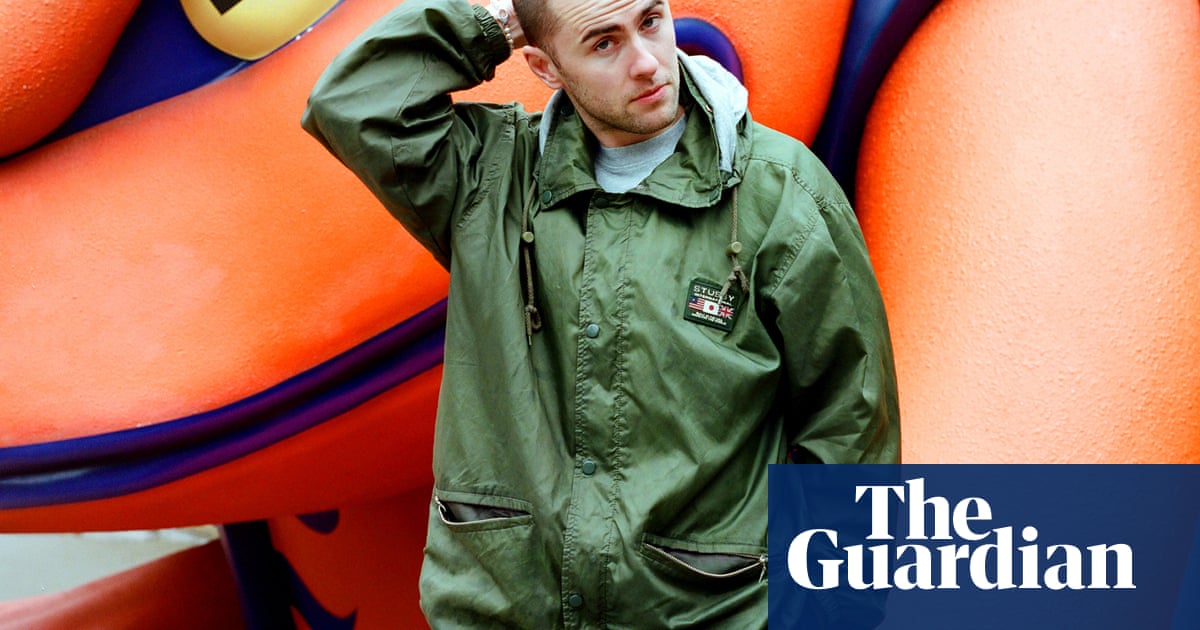OK, I think it is incumbent upon me as an ethical reviewer to state something up top. I am conscious of our collective emotional fragility in difficult times, so need to say this: do not watch the first episode of Jimmy Doherty’s Big Bear Rescue without some kind of mental fortification to hand. I am no great animal lover. I prefer them to people, obviously, but given absolute freedom of choice I would be without any sentient being in the bunker with me. I’d like to draw the deadbolts across the blast-resistant doors, switch on the air-filtration system, open a tin and a book and wait out my time in silence without responsibility for any other living soul, thank you.
However, it’s 72 hours since the closing credits of this programme and I haven’t stopped crying. If that’s an unwanted spoiler for some, so be it. I think I’ve saved you some pain overall.
So. You remember Jimmy Doherty, yes? Childhood friend of Jamie Oliver, became a pig farmer, met his wife, Michaela Furney, who was a runner on Jamie’s Kitchen when it came to film on the Cumbrian farm where Doherty was working in 2002. He came to televisual prominence a year or two later with several series of the reality show Jimmy’s Farm, chronicling the ups and down of his sausage-making venture in Essex and other sustainable food/Oliver tie-ins thereafter.
In recent years, it seems, the farm has grown in size and scope to become at least in part a rescue centre for animal waifs and strays. Apparently this is what happens if you’re careless enough to settle in the countryside. The Dohertys (the couple have four daughters) have taken in llamas, emus, camels, tapirs, crocodiles, camels and a giant anteater, I presume from zoos and overambitious exotic-pet owners far stupider than their poor abandoned charges.
The family now must take on their biggest challenge yet: providing a suitable home for two polar bears, whose zoo in Sweden has been bought by developers. Now staff and animals alike are being turfed out.

The ursine duo, mother Ewa and son Mikke, were born and raised in captivity and cannot be released into the wild. They need all the things polar bears need – acres and acres of space, a den, a bear house, woodland, and lakes – and the Dohertys set about providing it all, under the watchful eye of the polar bear expert Douglas Richardson and their vigilant bank manager. When the project is complete, it will be a 28-hectare (70 acre) haven and Europe’s biggest polar bear reserve.
Foundations for the bear house are dug, ground is broken for the lakes and almost nine miles of extremely robust fencing – plus a shipment of telegraph poles for posts – is bought. It is repeatedly emphasised that Ewa and Mikke are not the cuddly creatures of children’s picture books but members of one of the biggest carnivore species on Earth and an apex predator. This is brought home to us when Michaela notes that half a dozen employees have been sent away to train as the firearms team that will be needed in the event of a bear-related emergency.
In the meantime, Doherty, Richardson and the park director, Stevie Sheppard, visit the Orsa Predator Park in Sweden to learn all they can from its zoologist, Linn Larsson, and the keeper, Johanna Berglund, about their beloved bears (once they leave, says Larsson, “the heart and soul of this mountain will be gone”).
Then they begin the mammoth task of transporting the bears more than 1,200 miles across Europe to their new home. Everything is minutely prepared and goes smoothly – we see Ewa and Mikke chomping delightedly on their food as they sail overnight on the ferry from France to Dover – right up until what suddenly becomes a very bitter end. “I want to scream,” says Jimmy, looking shattered. “I want to kick something very hard … It’s heartbreaking. But there was no alternative.”
But the Big Bear Rescue remains, despite the shock, an uplifting story. It’s a tale of people who prize something above profit banding together to mitigate the damage others have done, to give animals who would otherwise have been put down a second chance at life. Next week, the new reserve will receive more polar bears and a dozen Arctic wolves. I hear talk of reindeer, too. Hopefully there will be a happier ending – and I will have stopped crying by then.

 7 hours ago
2
7 hours ago
2










 English (US)
English (US)